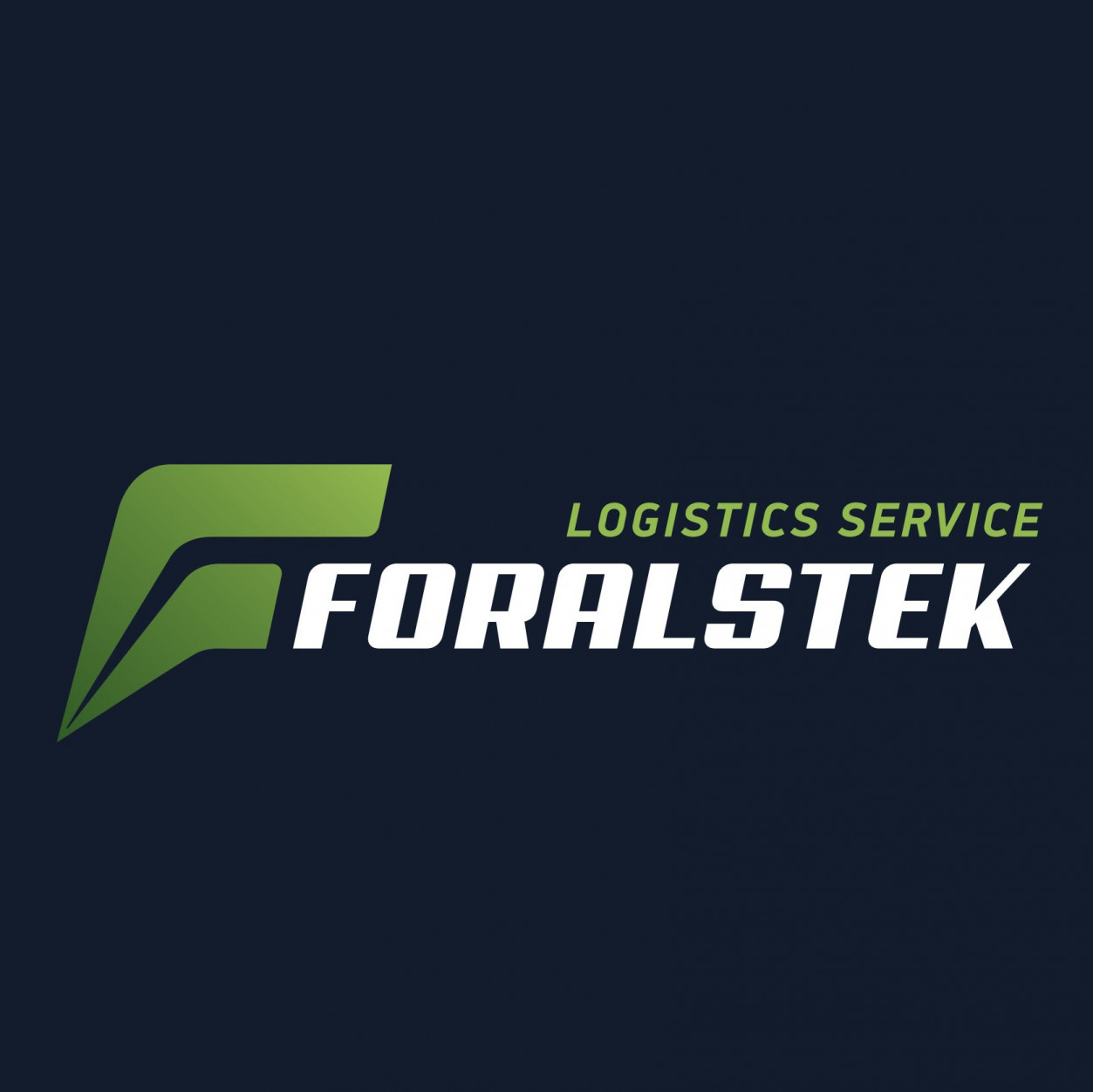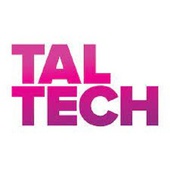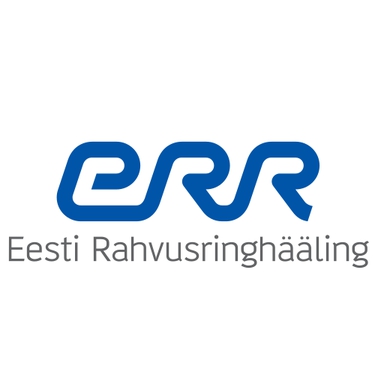DSV ESTONIA AS
Activity history
Company management, team and contacts
DSV ESTONIA AS current status
This company's branding has already reached 20,229 peopleand his is followed by 239 Storybook users.On average, the company has been rated 4.5 points.and commented 300 times.
Strategic decision: No desire to increase customer baseBoard member Marjot Randrüüt (17.02.2025): "We focus only on providing high-quality service to existing customers and maintaining relationships. We do not plan to increase our customer base."
's activity report 2022
Introduction
The main activity of DSV Estonia AS is the forwarding of international freight. DSV Estonia AS is part of the international DSV
A/S (DK) group, which is listed on the Copenhagen Stock Exchange. According to 2021 data, the DSV group was among the TOP3 logistics and transport companies in the world.
DSV Estonia AS has divided its activities into different divisions to better focus on different services: road transport, air transport, sea transport and logistics. Services are constantly developed and adapted according to the growing demands of customers.
The year 2022 is characterized by 4 main factors in road transport: 1. At the beginning of 2022, logistics software was replaced throughout the Baltic region. This was a pilot in the view of the entire DSV Group. The project was considered successful in the main points. Despite some start-up difficulties, control over both goods and financial flows was maintained.
Development activities have been a recurring theme throughout 2022.
2. In February, the Russian Federation started a war against the Republic of Ukraine. From 24.02.2022, the DSV Group stopped all shipments and other service provisions related to Russia, Belarus and Ukraine. DSV Estonia AS did the same. The turnover of services completely disappeared from the directions related to Russia and
Belarus. Some activity in Ukraine resumed in the second half of the year, but only in a very small volume. At the same time, the war caused a redistribution of transport resources within Europe. Vehicles that had previously passed through Estonia in transit and were partially usable for servicing Estonian cargo volumes left this region due to the almost complete cessation of EU-Russia trade. The result was a shortage of vehicles in the Baltic region more broadly.
3. In February, the EU implemented a new carrier directive - the mobility package, which changed the remuneration of drivers working in Europe, forced transport companies to periodically return vehicles to their home country, etc. This increased the input costs of transport service production and removed some transport resources from active use. In the second and third quarters, there was an additional shortage of transport resources and service prices rose.
4. Rising energy prices due to the war, pressure on wages and the search for a new balance in the markets led to a decline in the economies of the near region in the last quarter of the year. In the last months of the year, a decrease in transport volumes was noticeable.
In summary, the financial targets set for 2022 were not met. However, the company's management considers the year to have been successful and sees the return on investments made in the coming financial years.
In sea transport, the first half of the year largely continued the turmoil caused in the second half of 2021, where the key indicators were the shortage of containers, cancellations of departures, cargo congestion in various ports and exceptionally high freight rates. The end of the year was characterized by a sharp drop in sea freight rates and a slight decrease in freight volumes. The annual targets were met and exceeded. In the conditions of falling markets, the key to success was primarily quality service and excellent customer service.
Key financial indicators 2022.a 2021.a Change (%)
Net turnover 122 996 237 129 461 719 -5.0%
Operating profit 3 114 119 4 141 669 -24.8%
Profitability 2.5% 3.2% -0.7%
Number of shipments 367 884 406 987 -10%
Formulas used in the calculation of ratios:
Profitability (%) = Operating profit / Net turnover * 100
In summary, sales revenue decreased by 5% compared to 2021 (compared to 2021: +38.3%). The reporting year ended with an operating profit of 3.1 MEUR, which is 24.8% less than the result of 2021 (compared to 2021: +43.3%).
Currency risks
In road transport, freight contracts with both customers and subcontractors are concluded in euros. As a result, there is no currency risk in the company's main area of activity. In sea transport, contracts with shipping agents are concluded in US dollars and in order to minimize currency risk, price agreements for sea transport have also been concluded with customers in US dollars.
DSV ESTONIA AS contacts
The company's largest partners
Add a new partner
Dropdown
File a complaint
Choose the comment attribute that you think it contains:
You want to report an inappropriate comment.
Are you sure?
Are you sure you want to delete this article?













